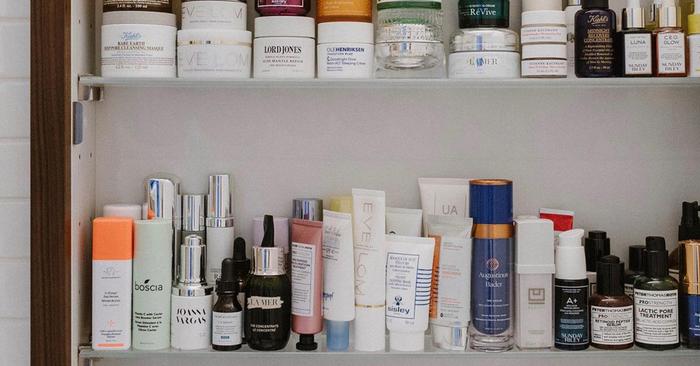You’ve probably heard the term before and thought it sounded good for the most part but didn’t really know much about it. “Simply put, a non-comedogenic product has been tested to not clog pores,” explains board-certified dermatologist Ife Rodney, MD, FAAD, of Eternal Dermatology and Aesthetics. “That means it’s less likely to cause acne. Though, this is not guaranteed. Dirt, dead skin cells, or sebum can clog the pores, causing acne. Comedogenic products—usually heavy or greasy—can also clog your pores. It’s important to note that non-comedogenic products won’t necessarily treat your breakouts. They just won’t contribute to the problem.”
While non-comedogenic products are helpful for just about anyone, those with oily, sensitive, or acne-prone skin will benefit the most from them, as these skin types can easily become clogged, which can lead to breakouts.
So what makes a product comedogenic? “Ingredients that are ‘pore clogging’ or comedogenic are found in many skincare products and makeup,” says board-certified dermatologist Jeremy Brauer. “The list of pore-blocking ingredients is long and includes various oils, alcohols, acids, butters, propylene glycol, and lanolins. Non-comedogenic products often contain salicylic acid, benzoyl peroxide, or sulfur but can also contain other oils such as grape seed.”
Other non-comedogenic ingredients include glycerin, hyaluronic acid, mineral oil, and ceramides.



